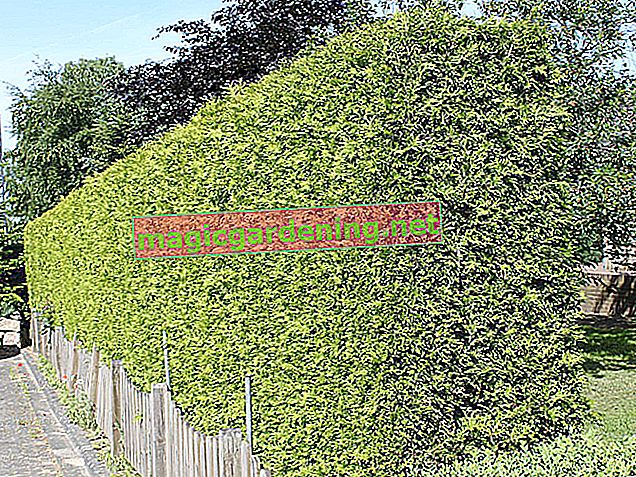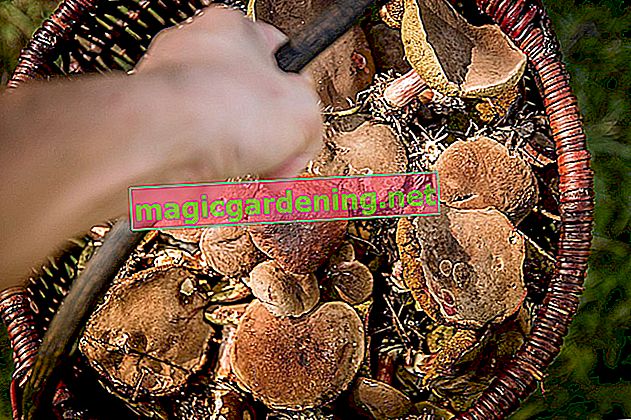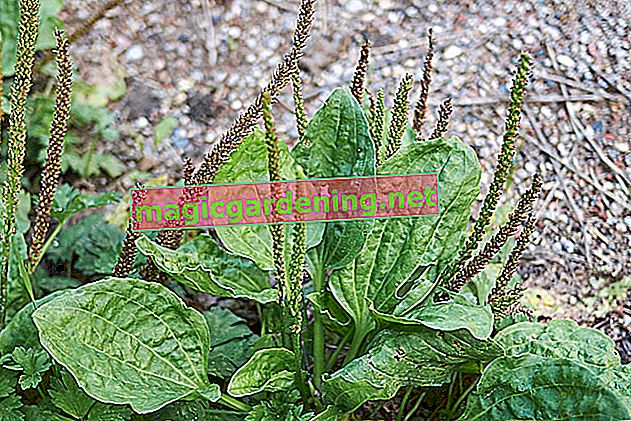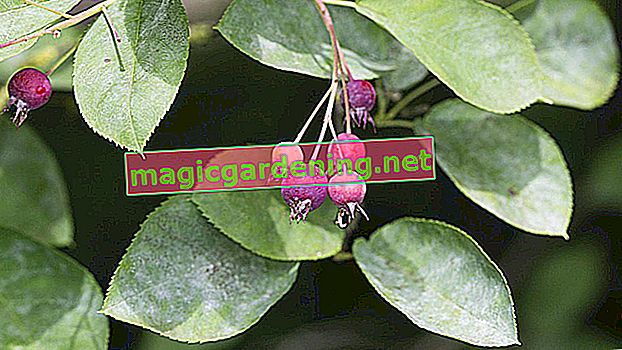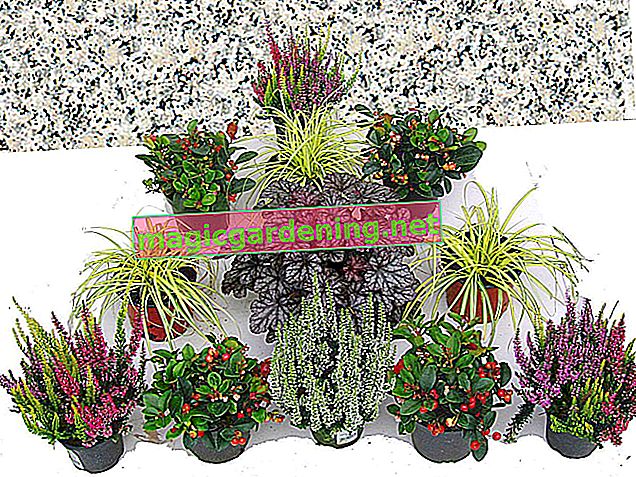
These succulents are decorative and hardy - a selection
Because their strategy has proven to be extremely successful, the flora around the world is richly endowed with succulent families, genera and species. They all have the ability to store water in their leaves, trunks or roots in order to feed on it during dry periods. Only a minority are hardy and attractive at the same time. The following overview reveals which these are:
- Cacti (Cactaceae), mainly Opuntia, Echinocereus, Escorbaria and rarities such as Gymnocalycium and others
- Houseleek (Sempervivum), almost all of the known 200 species and countless hybrids
- Thick-leaf family (Echeveria), mainly Echeveria elegans and Echeveria agavoides
- Sedum, here all species and varieties native to Europe and Asia
also read
- Which cacti are hardy? - Tips on varieties and wintering
- Which succulents are suitable for bonsai? - These 2 types are recommended
- Are all succulents poisonous?
In addition, some palm lilies (yucca) are completely frost hardy. These include the popular filamentous palm lily (Yucca filamentosa), the blue palm lily (Yucca baccata), the candle palm lily (Yucca gloriosa) and the dwarf palm lily (Yucca nana). They can all endure sub-zero temperatures down to -20 and -26 degrees Celsius, provided they are protected from moisture.
Conditionally frost-resistant succulents for locations with mild winter conditions
Some of the most magnificent succulents are native to Central America and Africa, where in some regions the thermometer drops well below freezing in winter. If your garden has a mild winter microclimate or is located within the hardiness zones Z8 and Z7, the following succulents are suitable for outdoor cultivation:
- Aloes (Aloe), the only kind of the wonderful Aloe aristata with the small teeth on the fleshy leaves
- Agaves (agave), primarily the agave inaequidens and the agave parryi
The Aloe aristata can withstand temperatures down to -5 degrees Celsius for a short time. If it is equipped with adequate winter protection, temperatures down to - 12 degrees Celsius do not affect it. The two agaves mentioned above are more robust and can withstand temperatures of up to -20 degrees Celsius, provided they are protected from moisture.
Moisture protection is the be-all and end-all - tips for wintering
If botanists and master gardeners find information on the winter hardiness of succulents, this relates to the dry conditions in their habitats. Under the influence of the cold and wet winter weather in Central Europe, frost resistance is significantly reduced. By providing your hardy succulents with protection from snow and rain, their resilience is strengthened. These options have proven their worth in practice:
- Ideally, choose a location in the rain shadow, such as under the canopy, on the house or terrace wall
- Construct a superstructure from 4 posts, a roof made of Plexiglas or weatherproof greenhouse film
- Alternatively, build a tomato house around the succulents
The rain canopy should be sloping so that water can run off properly and no snow pressure builds up. It is important to note that a moisture protection is open on two sides so that unhindered air circulation is guaranteed. A wintering tent is not suitable for wintering succulents outdoors. Even with daily ventilation, rot and mold develop on the succulent parts of the plant within a short time due to the intensive evaporation.
Succulents in the bucket want a winter coat
If you put your hardy succulents in the bucket on the balcony and terrace, you can't do without a thick winter coat. In the tightly dimensioned substrate volume of the plant vessels, the root balls are not adequately protected from freezing frost. With this strategy you can get the plants outside safe and sound through the cold season:
- Before the first frost, move the buckets in front of the south wall of the house
- Place pots on wood or styrofoam
- Cover with several layers of bubble wrap
- Put a coconut mat over it that protrudes a few centimeters above the edge of the pot
- Cover the substrate with leaves or straw
Different types of succulents contract during winter. Cacti in particular are shrinking to a worrying extent. This behavior is of course part of their survival strategy and does not require any special measures.
Always put small pots away
Even hardy succulents are wasted in pots with a diameter of less than 30 cm. In this case, we recommend wintering in a bright, frost-free room behind glass. Care is limited to a little watering every few weeks in the winter quarters so that the soil does not dry out completely. Your winter guests do not receive fertilizer. As soon as no more severe frosts are to be expected in spring, you can move the plants out to their original location.
Tips
Although succulents differ significantly in their external appearance, they pull together in terms of substrate quality. Decisive criteria are good permeability and nutrient-poor composition. In the garden, the distinctive plants favor a place in the poor soil of rock gardens and gravel beds. In the pot, special cactus or succulent soil meets your requirements perfectly.



